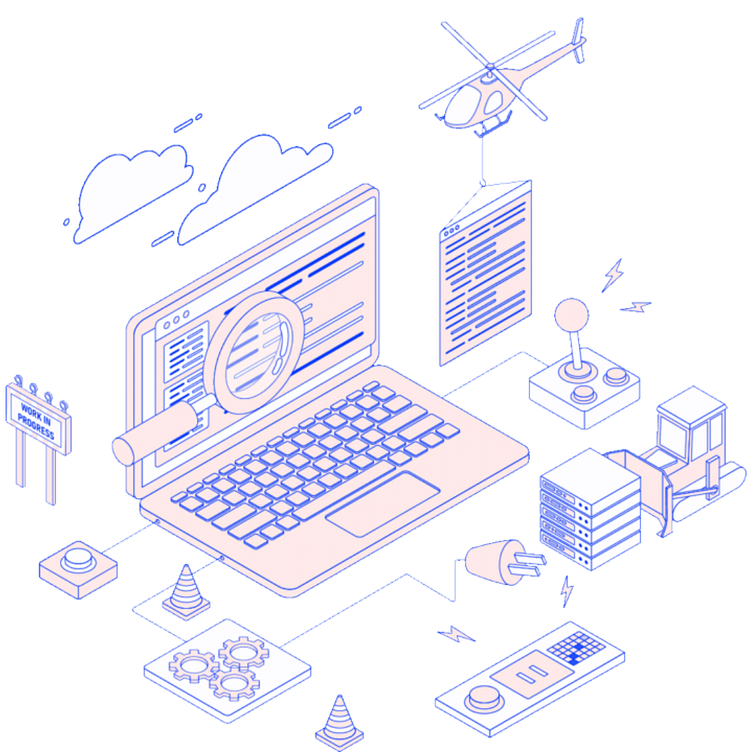Navigating Historical Weather Data APIs for Informed Decisions
Enter yIn a world where data shapes decisions and forecasts, the Historical Weather Data APIs stand as gateways to the past, offering a wealth of information that enriches our understanding of weather patterns and empowers us to make more informed decisions. From Open Weather APIs to Free Weather APIs, these tools are pivotal for industries, researchers, and enthusiasts seeking accurate and comprehensive historical weather insights. This article dives into the landscape of Historical Weather Data APIs, their utility, and the spectrum of benefits they offer.
A Glimpse into the Past: Historical Weather Data APIs transport us back in time, providing access to records of weather conditions spanning years, even decades. This treasure trove of information is essential for various applications. Meteorologists can analyze historical trends to refine predictive models, while researchers can unravel climate shifts and anomalies. Even developers find value by incorporating historical weather data into applications, enriching them with context-aware insights that enhance user experiences.
A World of APIs: The realm of Historical Weather Data APIs encompasses a variety of offerings, each with its unique strengths. Open Weather APIs, for instance, offer real-time and historical weather data accessible through a user-friendly interface. These APIs empower developers to seamlessly integrate weather information into their applications, from travel planning to event scheduling, enhancing user engagement by providing contextually relevant updates.
Democratizing Insights with Free Weather APIs: In the pursuit of democratizing data-driven insights, Free Weather APIs emerge as champions. By eliminating financial barriers, they provide individuals, students, and small businesses access to historical weather data that can fuel innovation. Whether it's crafting personal projects, exploring educational opportunities, or powering community initiatives, Free Weather APIs foster a culture of learning and experimentation without the burden of costs.
Precision and Decision-Making: The accuracy of historical weather data is vital for industries that rely on forecasts to shape decisions. From agriculture to energy, historical insights inform strategies, contributing to increased efficiency and reduced risks. Farmers can optimize planting and harvesting times based on past weather trends, while energy companies use historical data to anticipate demand fluctuations, enabling better resource allocation. Such precision drives industries toward more informed and sustainable practices.
Navigating API Integration: To leverage Historical Weather Data APIs effectively, a systematic approach is essential. Begin by immersing yourself in API documentation, familiarizing yourself with endpoints, parameters, and response formats. Secure your API key for authentication, granting access to the API's resources. Craft tailored queries, specifying location, time range, and desired data attributes to retrieve accurate insights. Once data is received, proficiently handle responses through parsing and integration into your applications or research projects.
Visualizing Insights: One of the most impactful aspects of Historical Weather Data APIs is their potential for visualization. Transforming raw data into comprehensible charts, graphs, and diagrams adds a layer of clarity to complex datasets. Visualization not only aids in identifying trends and patterns but also communicates historical insights to a broader audience, making the information more accessible and actionable.
A Versatile Future: As industries and researchers alike continue to harness the power of Historical Weather Data APIs, the potential for innovation remains boundless. From predicting climate shifts to optimizing resource allocation, these APIs will continue to shape decisions across diverse sectors. By coupling historical context with modern technology, we bridge the gap between the past and the future, creating a world where data-driven insights guide us toward more informed, sustainable, and prepared practices.
In Conclusion: Historical Weather Data APIs stand as time travelers, offering us the opportunity to glean insights from the past to shape our future. With Open Weather APIs and Free Weather APIs at our disposal, we navigate a realm where historical context drives decisions, innovation thrives without financial constraints, and industries thrive on accurate, data-driven insights. This journey isn't just about the data; it's about crafting a world where historical wisdom guides our present actions, and where forecasts are grounded in a deep understanding of the weather's intricate dance through time.our text here...
